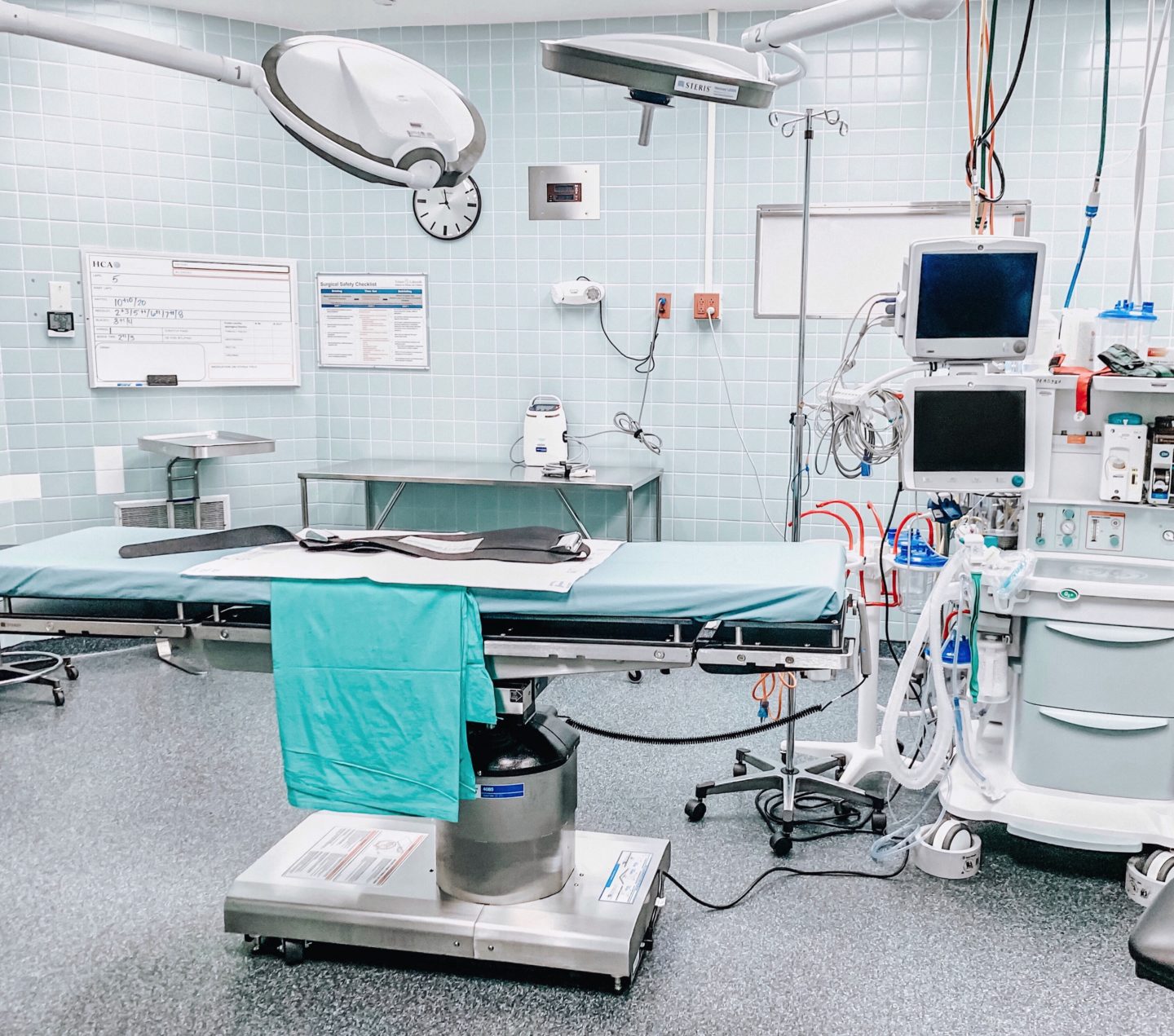
As a medical student, did you ever enter the operating room (OR) and feel lost in the choas? Nurses, CRNAs, and residents are running around trying to get the OR ready for the next surgery. You don’t want to interrupt them or touch anything sterile. So you stand there waiting for someone to tell you what to do, but they don’t? That was me at the beginning of my surgery rotation!
Let me tell you… once you learn the ropes of how the OR operates and what you can do to help, your experience will change!
In this post, I’ll be sharing things I’ve learned throughout my surgery rotation to help you hit the ground running on yours!
Be prepared to shine! 🙂
Before the surgery
- Figure out what size gloves you and your residents are and where they’re stored.
- Pull gowns and gloves for yourself and your residents (the nurse most likely has already done it for the primary surgeon).
- Ask the scrub nurse if they want you to open your gown/gloves to the table or to them before doing so!
- Help ‘birddog’ (watch the patient in the pre-op area roll to the OR) and also help with rolling the patient to the OR (open doors, grab the patient a cap/blankets, etc.)
- Befriend the scrub techs. Some of them have worked with the attendings hundreds of times and can tell you what to expect. I’ve had nurses tell me to read up on ‘x, y, and z’ because they know the attending ask the students about it. I’ve also had them hand me tools (scissors, retractors, lap pads…) before the surgeon asks, to help me be helpful during surgery!
In the OR…
- *Help move the patient to/from OR table.* Super important!
- Put SCDs (Sequential Compression Device aka leg massagers) on the patient.
- Stay with the patient. If you’re not going to be in the way, the best place to hang out is at the patient’s bedside. You can comfort them before they go off sleep, make sure they don’t fall off the bed, etc.
- Help position the bed/patient including taking off the armrests and tucking the patient’s arms. In gynecology, surgeons usually have their patients in lithotomy position so you can help put the patient’s legs in stirrups and remove portions of the bed that need to be removed. Pay attention to how the surgeon likes these things done in your first few surgeries then offer to help the next time!
- Prep surgical area (if your resident/nurse lets you).
- Help move equipment appropriately if you can.
- Insert a Foley (if necessary/if the nurse lets you).
- Shave the surgical area with a razor and remove the cut hair with tape (if necessary).
During surgery
- Hold the suction above the bovie to remove the fumes while the surgeon is cutting through tissue. (note: this depends on the surgeon- some love it and some don’t)
- Be prepare to take any retractor, skin hook, suction, etc.
- Hold traction for the surgeon when they’re cutting (usually you’ll learn how they like it after you’ve worked with them)
- Watch for anything that looks like it’s slipping off the surgical field and onto the floor. Try to get it before the slips but if it falls, do not catch it or you’ll have to re-scrub.
- When the surgeons ask of sutures, ask the scrub tech for scissors and get prepared to cut.
- When the surgeon is suturing, either hold scissors in one hand and a lap pad in the other to dab off blood oozing from the wound OR follow their suture and move it out of the way for them. You’ll know what I’m talking about once you see it done.
- If you know what to do, offer to put the dressing on and clean up.
After surgery
- Break scrub and help clean up. Pick up stuff off the floors, turn off/unplug machines, move equipment to make room for the bed.
- Go grab the bed (make sure its an inpatient bed if the patient is staying overnight and an ambulatory bed if the patient is leaving later that day).
- Take off the patient’s SCDs.
- Get warm blankets or a new gown for the patient, if needed.
- Stay with the patient. Hang out by their bedside and wait for them to be extubated. Many times patients will try to pull their ET tube. Help anesthesia by holding their arms down.
- If you’re comfortable, help roll the bed to the PACU. If not, walk in front and help open the doors.
- Help hook and/or unhook the patient up to monitors in the PACU.
There you have it! These are some great things you can do in the OR to rock your surgery rotation. Once you get a better feel for how the OR works and what your attending/residents like and don’t like, you’ll be able to help them out even more! Good luck and let me know what other topics you’d like me to post about! 🙂
Hey There. I found your blog the use of msn. That is a very neatly written article. I will be sure to bookmark it and come back to learn more of your helpful information. Thanks for the post. I will certainly return.
Wonderful blog! I found it while browsing on Yahoo News. Do you have any suggestions on how to get listed in Yahoo News? I’ve been trying for a while but I never seem to get there! Thank you
Say, you got a nice blog article.Much thanks again. Really Cool.